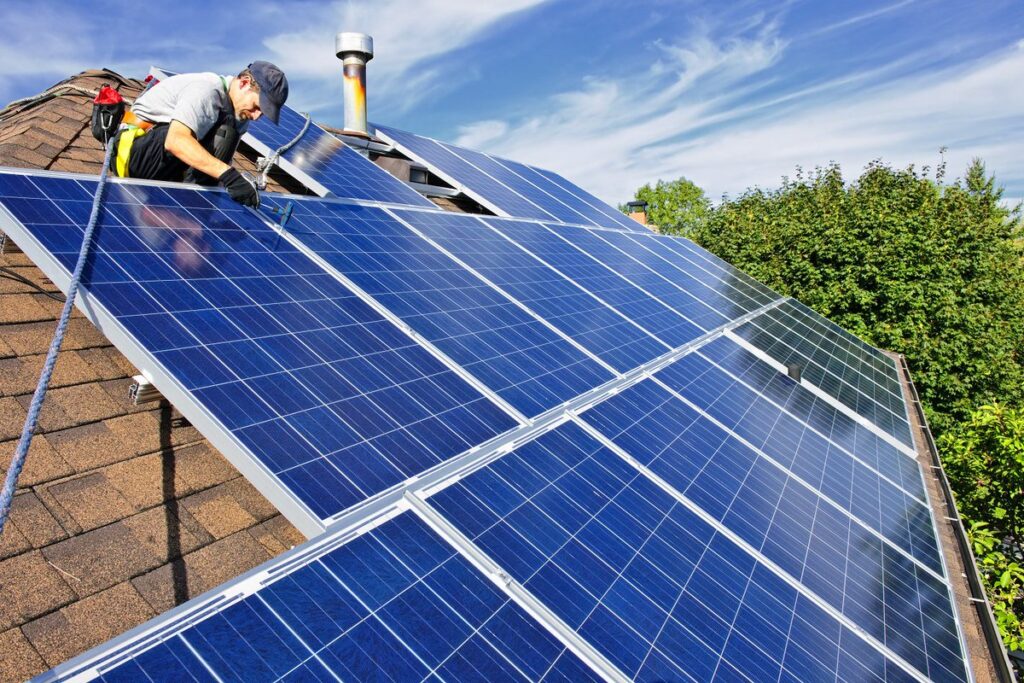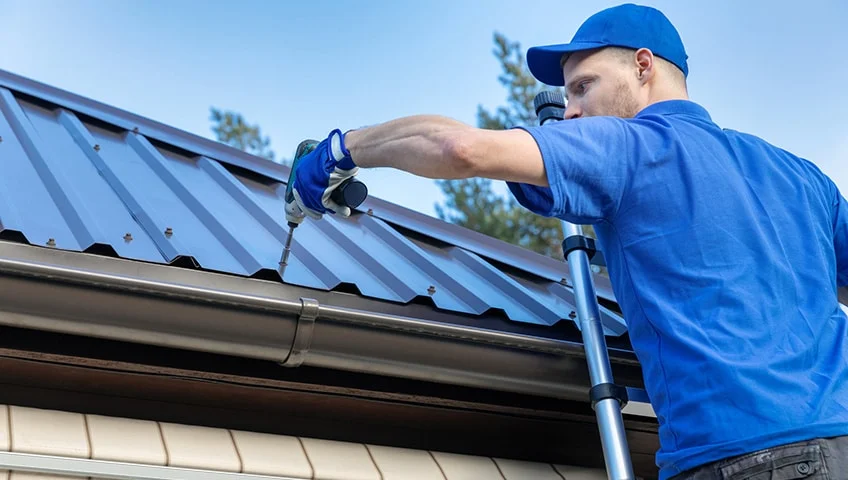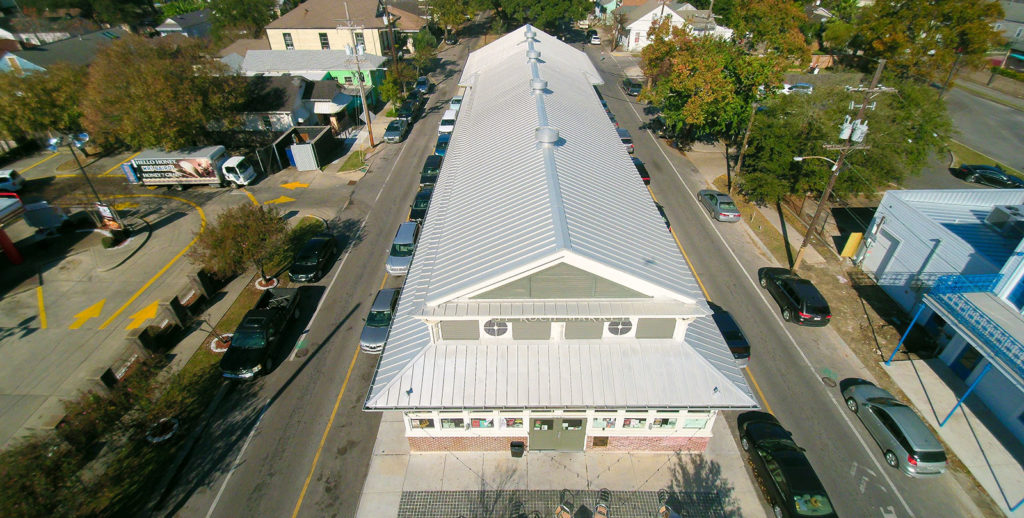Your home’s roof is the frontline defense against the elements, protecting your family and belongings from rain, wind, sun, and snow. A strong, weather-resistant roof is essential for keeping your home secure, comfortable, and energy-efficient. Whether you’re building a new home or replacing an old roof, there are several key considerations to ensure that your roof stands the test of time and the weather.
Table of Contents
Selecting the Right Roofing Material
Choosing the best material for your roof is one of the most important decisions in the process.
Different climates, architectural styles, and budget constraints will influence your choice. While asphalt shingles remain a popular option, there are plenty of other durable materials to consider. For expert guidance in selecting the right material for your home, Horch Roofing, Portland, ME offers valuable advice and services tailored to different roofing needs.
1. Popular Roofing Materials to Consider
- Asphalt shingles: These are the most common roofing material in the U.S. They are affordable, easy to install, and available in a variety of colors and styles.
- Metal roofing: Known for its longevity and durability, metal roofs can last up to 50 years or more. They are also resistant to fire, rot, and insect damage.
- Clay or concrete tiles: Ideal for warmer climates, these tiles are excellent for heat resistance and longevity, but they are heavier than other materials.
- Slate roofing: One of the most durable roofing options, slate can last up to 100 years. It’s also very aesthetically pleasing, though it comes with a higher price tag.
- Wood shakes or shingles: Wood offers a natural look, but it may require more maintenance to prevent mold, rot, and insect infestations.
Fun fact: The Great Pyramid of Giza originally had an outer layer of smooth, highly polished limestone, making it one of the earliest examples of durable “roofing” that’s lasted thousands of years!
Understanding the Importance of Regular Roof Maintenance

Your roof is constantly exposed to the elements, which means it will naturally wear down over time. Regular maintenance can significantly extend the lifespan of your roof and help you avoid costly repairs in the future. For professional assistance with inspections and repairs, http://www.619roofing.com provides expert services to keep your roof in optimal condition year-round.
2. Regular Roof Inspections Are Essential
It’s crucial to inspect your roof at least once a year, or after significant weather events, to check for any damage.
- Look for missing or damaged shingles: These can lead to leaks and further damage if left unchecked.
- Check for signs of mold or algae growth: These can weaken your roof’s structural integrity and damage its appearance.
- Inspect the flashing: Flashing is used to seal areas where the roof meets walls, chimneys, or skylights. If it’s damaged or loose, water can easily seep in.
By conducting regular inspections and making minor repairs as needed, you can prevent small issues from becoming major problems.
Common Roofing Problems and How to Prevent Them
Even the most durable roofs can encounter issues over time. Knowing what to look for can help you act quickly and avoid costly repairs.
3. Identifying Common Roofing Issues
- Leaks: Leaks are one of the most common roofing problems. They can be caused by damaged shingles, poor installation, or old age. Fixing leaks promptly will prevent water damage to your home’s interior.
- Pooled water: Flat or low-slope roofs are especially prone to water pooling, which can lead to leaks or structural damage over time. Ensuring proper drainage is crucial.
- Cracking or blistering: In hot climates, roofs can crack or blister due to extreme heat. Choosing heat-resistant materials or adding proper ventilation can help prevent this.
- Wind damage: High winds can tear off shingles or tiles. Installing wind-resistant materials and securing shingles properly will reduce the risk of wind damage.
Maximizing Energy Efficiency with the Right Roofing Solutions

Roofing doesn’t just protect your home from the weather; it also plays a significant role in energy efficiency. The right roofing solutions can help regulate your home’s temperature, reduce energy costs, and minimize your environmental impact.
4. Energy-Efficient Roofing Options
- Cool roofing: Reflective materials such as light-colored asphalt shingles or metal roofs can reflect sunlight, keeping your home cooler and reducing air conditioning costs.
- Insulation: Proper insulation beneath your roof will help keep heat out during the summer and trap warmth inside during the winter.
- Green roofs: Green roofs, which are partially or completely covered with vegetation, offer excellent insulation and help reduce the urban heat island effect in cities.
Interesting fact: Did you know that green roofs can reduce a building’s energy use by up to 75%? They provide natural insulation and help absorb rainwater, reducing the need for stormwater drainage systems.
Benefits of Professional Roofing Services
While some homeowners may be tempted to tackle roofing projects on their own, it’s often best to hire a professional roofing contractor. The expertise, experience, and equipment they bring to the table can make a significant difference in the quality and longevity of your roof.
5. Why You Should Hire a Professional Roofer
- Quality installation: A poorly installed roof can lead to a host of problems, from leaks to structural damage. Professional roofers have the skills and experience to install your roof correctly, ensuring its long-term durability.
- Safety: Roofing work can be dangerous. Professional roofers have the necessary safety equipment and training to complete the job without injury.
- Warranty protection: Many roofing materials come with warranties that require professional installation. Hiring a professional ensures that your roof’s warranty remains valid, offering you protection in case of defects or damage.
Conclusion: Protect Your Home with Expert Roofing

Investing in a durable, weather-resistant roof is one of the most important steps you can take to protect your home. From choosing the right materials to scheduling regular maintenance, every aspect of roofing requires careful consideration. By addressing common roofing issues early and opting for energy-efficient solutions, you’ll not only extend the lifespan of your roof but also enhance your home’s comfort and value. Don’t hesitate to consult with professional roofing experts to ensure that your roof is built to last and tailored to your specific needs.
With these tips in mind, you’ll be well on your way to creating a solid, reliable shelter that stands up to the elements for years to come.
Also Read: Designing for Luxury and Function: Key Strategies for Elevating Interior Spaces.
